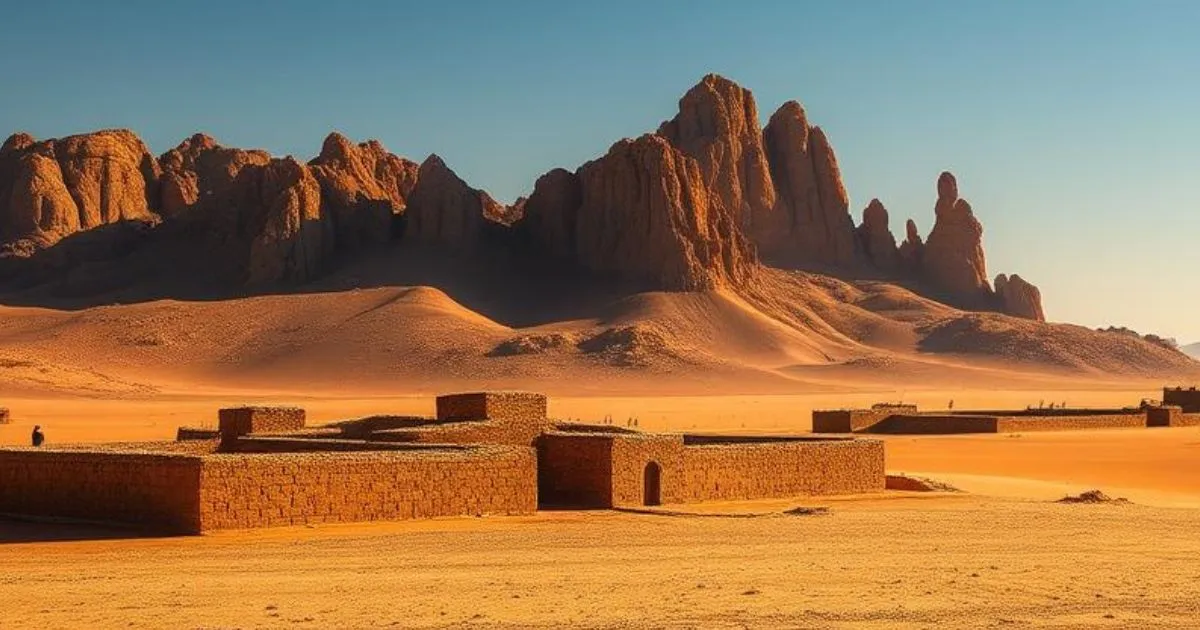The Historical Crossroads: Exploring the Rich Heritage of Al-Hanakiyah محافظة الحناكية
Table of Contents
The Historical Crossroads: Exploring the Rich Heritage of محافظة الحناكية
محافظة الحناكية (Al-Hanakiyah ) stands as a silent guardian of history in the northeastern part of the Madinah Region. This region is not just a geographical location but a living museum, offering a unique window into thousands of years of Arabian history, from pre-historic civilizations to the dawn of Islam. Its strategic position has made it a vital crossroads for trade, pilgrimage, and cultural exchange, leaving behind a legacy etched in stone and memory.
This article delves into the profound significance of Al-Hanakiyah, uncovering its ancient rock art, pivotal Islamic sites, and its enduring role as a hub for travelers and pilgrims throughout the ages.
A Strategic Geographical Location
محافظة الحناكية is strategically situated in the northeastern sector of the Madinah Region. It is bordered by the Hail Region to the north, the Al-Qassim Region to the east, Al-Mahd Province to the south, and Khaybar Province to the west. The provincial capital lies approximately 108 kilometers northeast of Madinah, making it an accessible yet historically rich destination.
The province’s importance stems from its prime location on the historic Madinah-Al-Qassim-Hail route. This position transformed it into a major thoroughfare, fostering development and making it a bustling, active city for long periods of the year.
A Deep-Rooted Islamic Heritage
The fame of Al-Hanakiyah in Islamic history is deeply established. The area is historically linked to the Battle of Dhat al-Riqa’, which, according to sources, took place in the Wadi Nakhl area east of Jabal Al-Qa’sa’.
However, the most significant Islamic connection is with the revered Companion, Abu Dhar Al-Ghifari (may God be pleased with him). He settled in the nearby town of Al-Rabadhah in 30 AH (After Hijra) and died there in 32 AH, building a mosque whose legacy endures. Al-Rabadhah itself was renowned as the first natural reserve in Islam, established by Caliph Umar ibn Al-Khattab in 16 AH (637 CE) as a “Hima” (protected zone) for the livestock of charity.
As a vital station on the pilgrimage route from Syria and Iraq, Al-Rabadhah flourished. The remnants of pools constructed by order of Zubaydah, the wife of Caliph Harun al-Rashid, to serve pilgrims are still visible today, alongside numerous old market and residential ruins uncovered by archaeological excavations. Al-Rabadhah is located about 100 km from the capital of Al-Hanakiyah, with a paved road leading to it.
Archaeological Treasures and Ancient Trade Routes
The area around محافظة الحناكية is an archaeological goldmine, revealing layers of human civilization.
- Rock Art of Jabal Al-Uhayn: The rock art spread across the stones of Jabal Al-Uhayn transports you back approximately 9,000 years. These drawings represent the prevailing lifestyles of the region and depict a diverse range of fauna, including cattle, lions, cheetahs, camels (both fighting and domesticated), ibex, goats, ostriches, and giraffes. There are also human figures of men and women in poses representing dueling, hunting, carrying spears, bows, arrows, and swords, or in groups performing war dances.
- Ancient Inscriptions: The ancient rock carvings on Jabal Al-Uhayn include a rhinoceros, standing figures, and an exceptional depiction of a monkey with a spiral tail. Among the many inscriptions is a text in Arabic dating back to the first years of the Islamic calendar and another quoting a verse from Surat Al-Kahf (18:21). One historically significant inscription states: “I believe that there is no god but the one in whom the Children of Israel believe, and I am among the Muslims,” written by a man named Rafi’ bin Ali.
- Pilgrimage Stations: The province is dotted with historic stations on the Iraqi pilgrimage route:
- Bir Maw’an: Located northwest of Jabal Maw’an, this is a circular stone pool surrounded by wells.
- Bir Al-Sulaylah: South of Al-Hanakiyah, this is a large, square stone pool measuring 40×40 meters at the base and 50×50 meters at the top, with a height of three meters, surrounded by thriving wells.
- Tariq Al-Akhrajah: This route extended from Fayd on the Zubaydah trail to Madinah, used by pilgrims and trade caravans heading to Iraq and the northern regions of the Kingdom.
Conclusion: A Legacy Carved in Stone
Al-Hanakiyah is far more than a governate ; it is a cornerstone of Arabian heritage. From the breathtaking 9,000-year-old rock art of Jabal Al-Uhayn to its pivotal role in the early Islamic period as a home to revered Companions and a haven for pilgrims, the region tells a continuous story of human endeavor, faith, and cultural exchange. Its landscapes are a palimpsest, where the inscriptions of pre-Islamic tribes lie alongside the prayers of early Muslims, offering an unparalleled journey through time for historians, archaeologists, and curious travelers alike.
External Resources for Further Reading:
- Saudi Commission for Tourism and National Heritage – Official site for heritage information in Saudi Arabia.
- Max van Berchem Foundation – A foundation supporting the study of Islamic inscriptions.
Internal Links (Suggested):
- Explore the history of Masjid Nabawi

